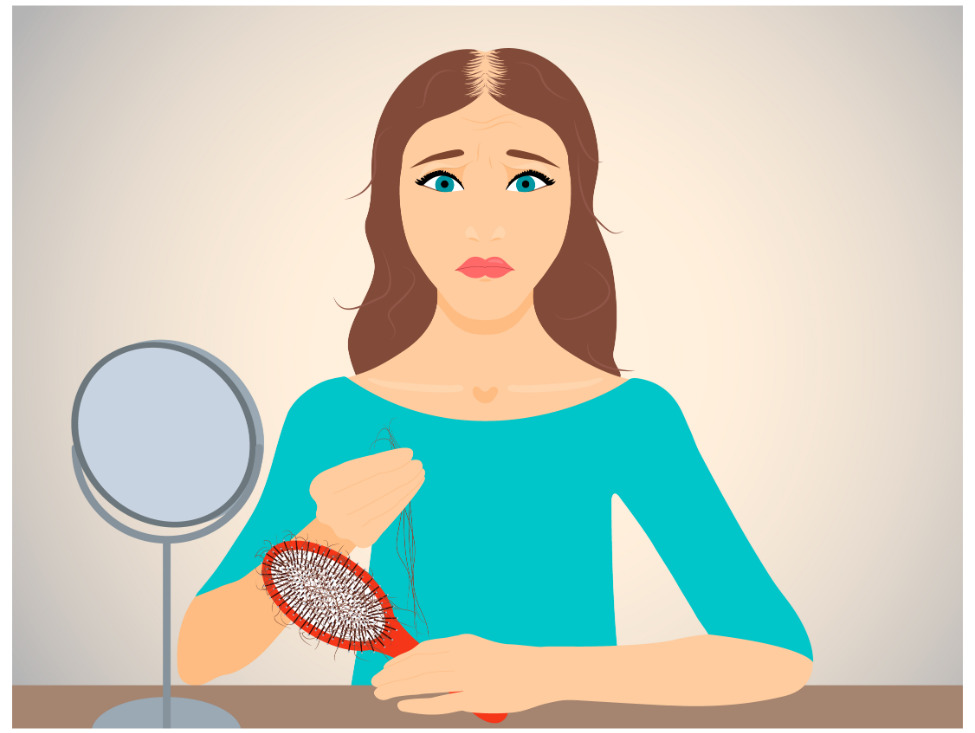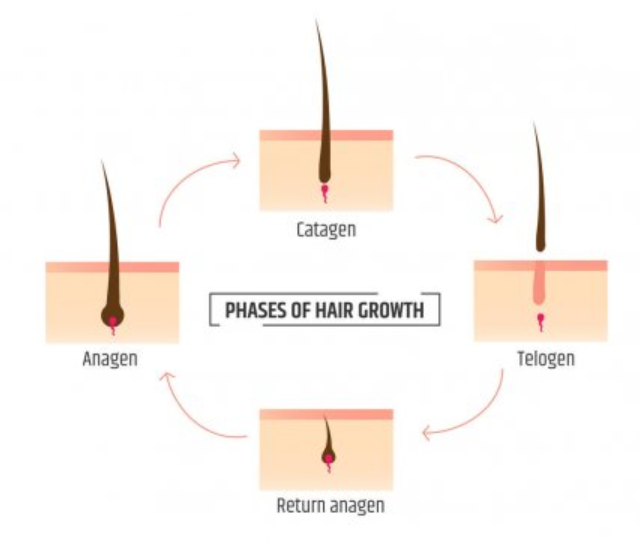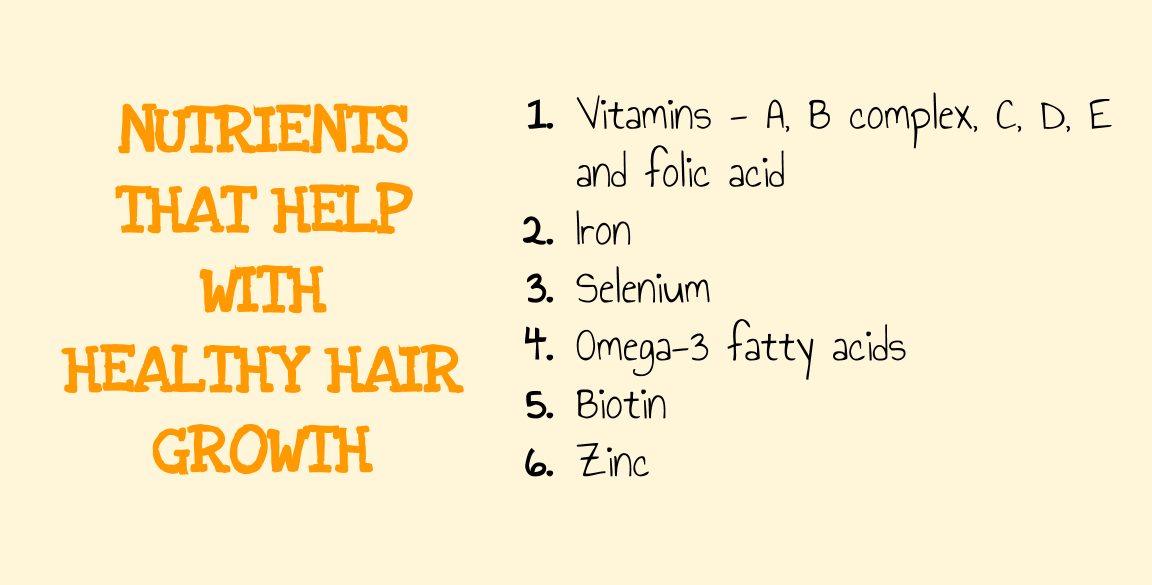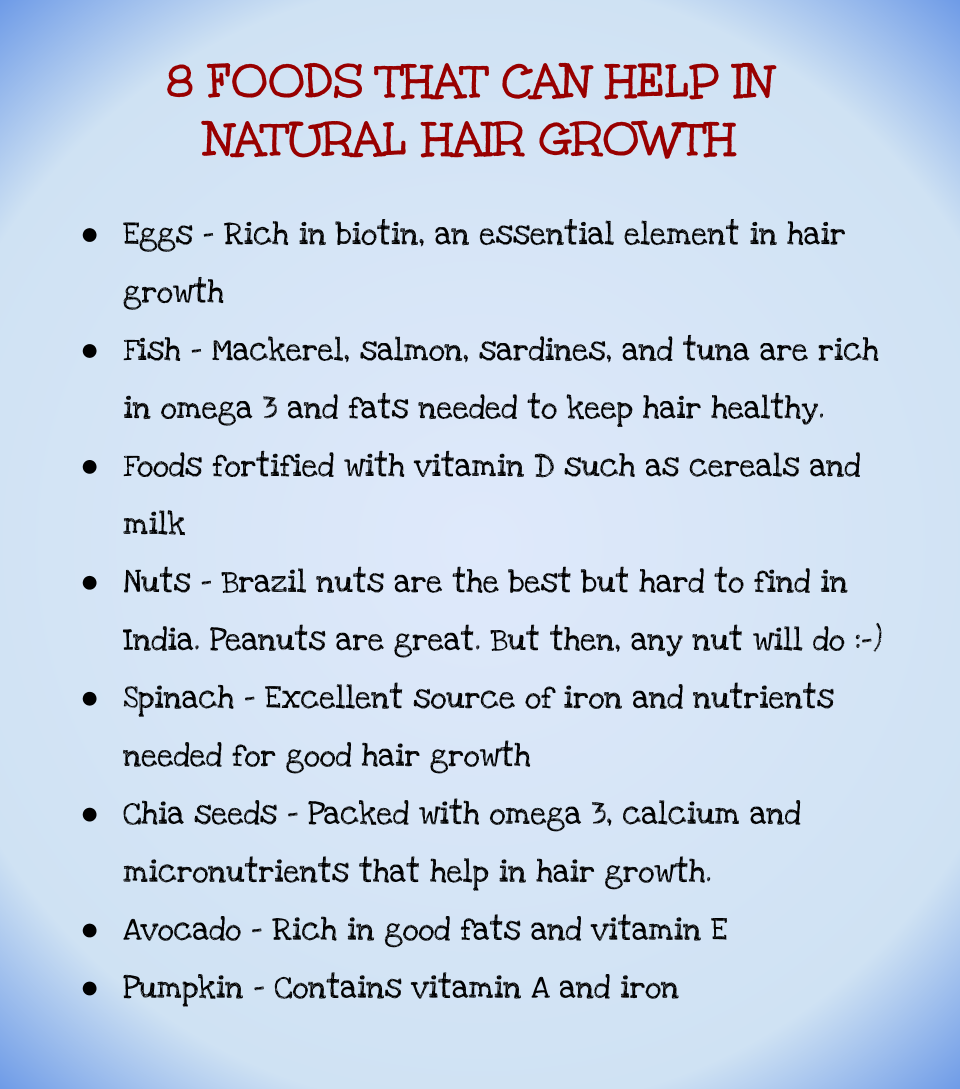
Baldness In Women – Why It Happens And How To Treat It
Baldness in women is a common problem in practice. Losing hair at a young age can not only change one’s appearance; it can also affect the individual psychologically.
For a long time, it was just men who were concerned about becoming bald. Over the last few years though, it is being recognised and being treated more actively in women.
Female pattern hair loss, or female androgenetic alopecia as it is known in the medical world, can majorly impact the quality of life of a woman.
Today, I will be discussing why women can lose their hair, and how it can be prevented and treated.
What Is Alopecia And Female Pattern Baldness?
Alopecia is basically a condition where there is loss of hair. There are different patterns of alopecia noted in literature.
The word ‘alopecia’ is derived from the Greek word ‘alopex’ meaning ‘fox’.
Yes, I was surprised too to read this.
Apparently the fox sheds a lot of hair. Hence the derivative.
Usually, baldness presents itself in the reproductive years of women. It starts and progresses very slowly throughout the younger years, though those seeking treatment usually lie within the ages of 25 to 40 years. Women between the ages of 50 and 60 years are also among those seeking treatment.
While there is a plethora of epidemiological data on the prevalence of baldness in women in the western world and the orient, Indian data is lacking.
What Causes Baldness In Women?
It all boils down to hormonal imbalances. Excess levels of testosterone in the bloodstream predisposes women to hair loss, while also increasing facial hair.
Get ready…… I am going all scientific now.
The hair grows in different stages. The anagen phase is the growth phase, catagen is the transitional phase, while the telogen phase is the dying or rest phase.
 Normally, the anagen phase lasts for several years (2 to 8 years), catagen for 2 to 3 weeks, and the telogen for around 3 months (though it can be variable).
Normally, the anagen phase lasts for several years (2 to 8 years), catagen for 2 to 3 weeks, and the telogen for around 3 months (though it can be variable).
A balance is maintained so that hair growth and hair loss are almost the same.
At any given time, around 10 – 15% of all hairs on your body are in the telogen phase, ready to be shed. On the scalp alone, around 80 to 90% of all hair are in the anagen phase, 10 to 20% in the telogen phase and around 1 to 2 % in the catagen phase.
In female pattern baldness, the anagen phase (healthy phase) is shortened to a few weeks or months, while most of the hair remains in the telogen phase. Around 20% or more hair are in the telogen phase, which explains the shedding when combing or washing.
Normally, the telogen phase is quickly followed by the anagen phase, so that your head is full of hair. However, in female pattern baldness, this time interval is a lot longer.
Within the hair follicle roots and the outer papillae of the skin of the scalp are receptors called androgen receptors, in addition to three different types of enzymes. Excessive androgen levels can stimulate androgen receptors and alter the enzyme levels, leading to patterned hair loss.
There is some belief that estrogens can also affect hair growth and shedding, though there is underlying controversy regarding this. I will not discuss this further here.

Of course, a family history of baldness can also increase the risk of hair loss in women. Women under the age of 40 years report a family history in around 40 to 54% of cases.
Hormonal problems such as hypothyroidism and excessive prolactin can also increase the risk of hair loss.
Certain BP medicines, epilepsy medicines, and prolonged use of antibiotics can all lead to hair loss. Alcoholism, antacids (ranitidine), kidney disease and digestive disorders can lead to baldness in women as well.
There are some essential nutrients that are required for healthy hair growth. I have listed them in the picture below.

Patterns Of Baldness In Women
There are numerous methods of classification of hair loss in women – Ludwig’s classification, Sinclair’s classification and Olsen’s classification.
It is a little too complicated for this article. However, in a nutshell, there are 3 stages to hair loss. Stage III is usually seen after menopause.
It describes hair loss that starts just above the forehead, then extending towards the middle aspect of the head, finally spreading out. Hair is generally preserved over the temple area. After menopause though, hair loss can extend to the rest of the scalp.
Recently, I have had a few young women visit with hair loss starting in their adolescence. The pattern of hair loss is the same.
Diagnosis Of Hair Loss In Women
If you are a woman who is experiencing hair loss, then make sure you visit a dermatologist or your physician.
A simple examination of the hair with a dermoscope can reveal the characteristics of the hair in great detail.
A ‘pull test’ can also be helpful. Here, slight traction is exerted on the scalp hair, and the number of hair that comes off is determined. Traction is exerted using the thumb, index and middle finger. An estimated 50 to 60 hairs are grasped and pulled. If more than 10% of the hair is pulled away (around 6 hairs or more), then the test is positive. Less than 6 is normal.
A trichogram is a test where around 50 to 100 hairs are examined with a light microscope. The test helps determine what phase the hairs are in. This may be performed by the dermatologist.
Blood tests have some role in determining the cause of baldness in women. Vitamin D levels, thyroid hormone levels, iron studies, testosterone, estrogen, prolactin and sex-hormone binding globulin levels can provide some clues, but not always.
The most common association of female pattern baldness is polycystic ovarian disease. An ultrasound scan of the ovaries can confirm that.
Treatment For Hair Loss In Women
Any associated conditions will be treated first. For example, if you have thyroid disease, then you will have tablets for that.
A popular medicine for hair fall is minoxidil. It is available in the form of a solution and is prescribed by a dermatologist. Other medical treatments such as melatonin, platelet rich plasma and micro-needling exist, and a discussion on this is out of the scope of this article.
Natural Ways To Increase Hair Growth
Are there any natural ways to increase hair growth? There are plenty.
When I talk natural, I mean food. Spinach, eggs, berries, fish, avocados and many other foods can help your hair grow. I have included a short list in the table below.

Probably one of the best foods to help with hair growth is eggs.
Studies have shown that the protein in eggs contains biotin (vitamin H), which is an essential element to promote hair growth. Biotin is also naturally produced in the body by the bacteria in the intestine.
However, make sure you have your eggs cooked, as raw eggs have avidin, which can bind to biotin and lower its concentration in the body.
Foods that are rich in iron can help to some extent. Green leafy vegetables (especially spinach), beetroot, lentils, cashew nuts and potato are all good sources of iron.
Zinc rich foods include non-vegetarian sources (chicken, fish, beef) mostly, though mushrooms, lentils and oats also contain a good quantity of it. Milk and cheese are also good sources. Whole grains contain phytates that bind to zinc, lowering its absorption from the gut.
Antioxidants such as vitamin C can prevent hair follicle damage from free radicals, and consuming foods that are rich in this vitamin can help prevent excessive hair fall. Berries (especially amla) are a rich source of vitamin C. Vitamin C is also essential to produce collagen, which helps keep hair strong (remember the shampoo ads?!!).
Do Natural Ways Really Work?
It’s a little hit and miss.
There are those who gorge on fresh fruits and vegetables, and still lose hair. It is a little deflating to hear I know, but not everyone will regain their hair with natural methods. Medication and hair loss supplements will be needed some time.
Always make sure you take any supplements or hair loss products after approval by your doctor. Excessive intake can lead to side effects and toxicity.
Closing Remarks
Baldness in women is a worrying problem to the affected individual. It can lower self esteem and affect quality of life. There are many reasons why it might happen, and while treatments work, natural ones have a limited role.

Dr Vivek Baliga is a medical practitioner and the director of a diagnostic center – Baliga Diagnostics – in Bangalore. He specializes in diabetes and heart disease, and is a visiting consultant in Internal Medicine at corporate hospitals. He is married and has one son.

Thank you for providing us so much information !